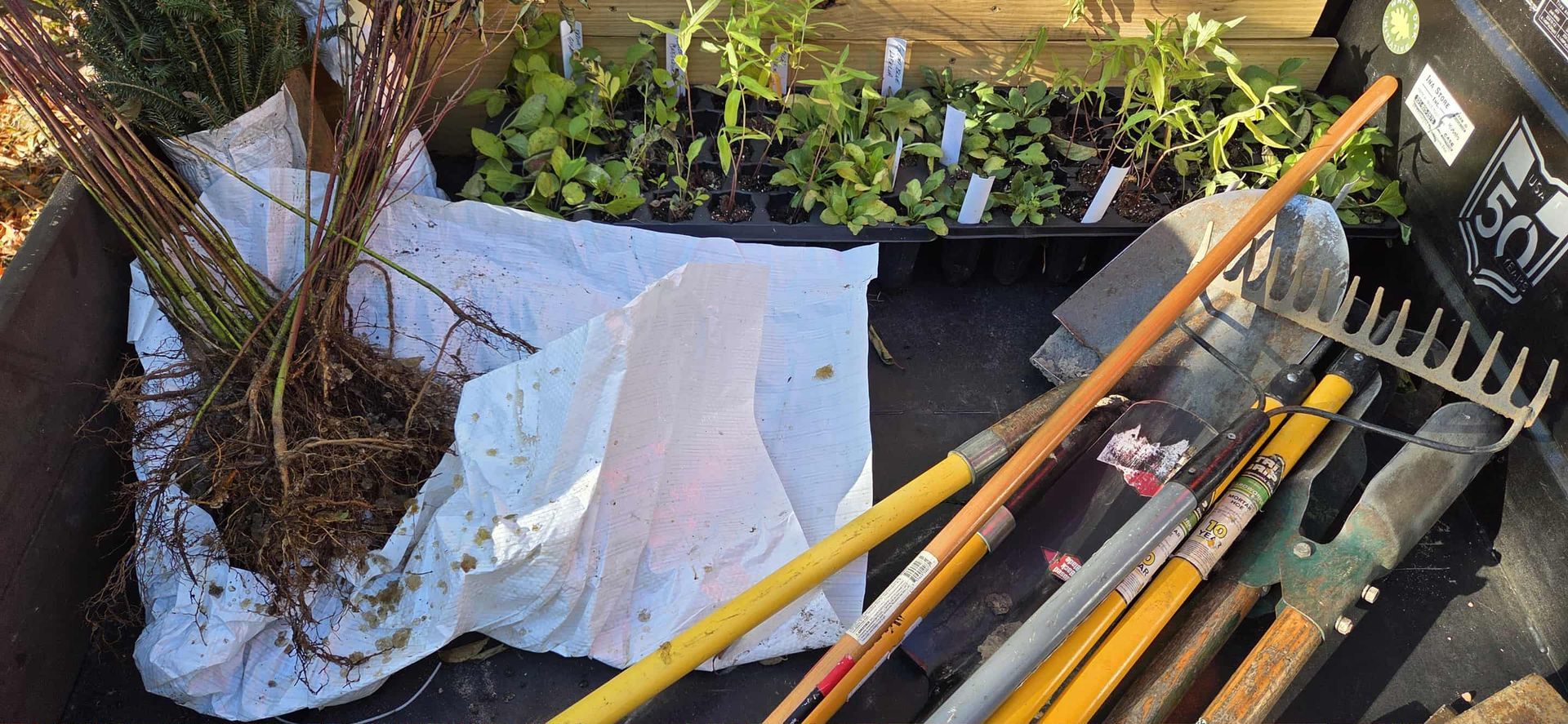Public Lands Blog: Michigan’s Forests
This week’s public lands blog is about the public forests of Michigan. I feel particularly lucky to live here in Michigan, where I have so many opportunities to get out and recreate on public forest land. According to a study done by the United States Department of Agriculture (USDA) in 2014 “Michigan is home to over 20 million acres of forest land”. There are 4 million acres of State Forest land managed by the Michigan Department of Natural Resources (MDNR) and according to a Congressional Study, updated in February of 2020, there are 2,874,631 acres of land managed by the United States Forest Service (USFS).
As I wrote this blog I wanted to answer a handful of questions, I wanted to know more about how the State forests were managed, what sort of recreational opportunities are available on forest land and lastly, I wanted to find resources to share that would make it easier for someone to access and enjoy their State forests.
A fantastic resource I came across, for anyone interested in Michigan’s forests, was the MDNR Forestry Resources Division (FRD) 2019-2023 strategic plan . The entire 20-page document is filled with fascinating insights into how forest resources are being managed, and I thought I would share a few amazing statistics, from the plan, that you might not have known about Michigan’s forests. “The DNR plants 6 million seedlings annually, does averages 90 prescribed burns on 8,400 acres a year, and the Forest products industry contributes $21.2 billion to Michigan’s economy.”
One particular passage from the report, quoting Deb Begalle, the Chief of the FRD, stuck out to me and amplified the importance of the management of forests for those who love outdoor recreation. “Forests provide the backdrop for almost all outdoor activities. Michigan’s state forests include 145 state forest campgrounds with nearly 3,000 campsites, 7,000 miles of canoe streams, thousands of miles of groomed snowmobile trails, 880 miles of hiking and biking paths, and vast spaces to hunt and fish.”

Here I am at an Adopt-a-Forest site near Chenango Lake in Pinckney
To learn more about our state forests, I suggest Taking a Tour of Michigan’s Forests or utilizing the State Forest Recreation Map .
Lastly, I love getting outside and spending time exploring Michigan’s public lands. One thing that I have unfortunately seen quite a bit in my exploration is litter and illegal dumpsites. This is why I wanted to share an initiative that is currently being put on by the Michigan-Adopt-A-Forest Program. From June 20th to September 22nd, the DNR is encouraging folks to participate in their effort to clean up 100 Adopt-a-Forest sites in 100 days. This is a tremendous way to get outside, connect with public land, and practice the principles of stewardship. To learn more about the initiative and how you can get involved follow this link .
One of the last installments of this public land series will be posted next Wednesday, July 1st, about the public land in Michigan managed by the United States Fish and Wildlife Service (USFWS) . Until then, I hope all who read this can get outside to responsibly recreate on Michigan’s public lands.
The post Public Lands Blog: Michigan’s Forests appeared first on Michigan United Conservation Clubs.
Recent Posts



